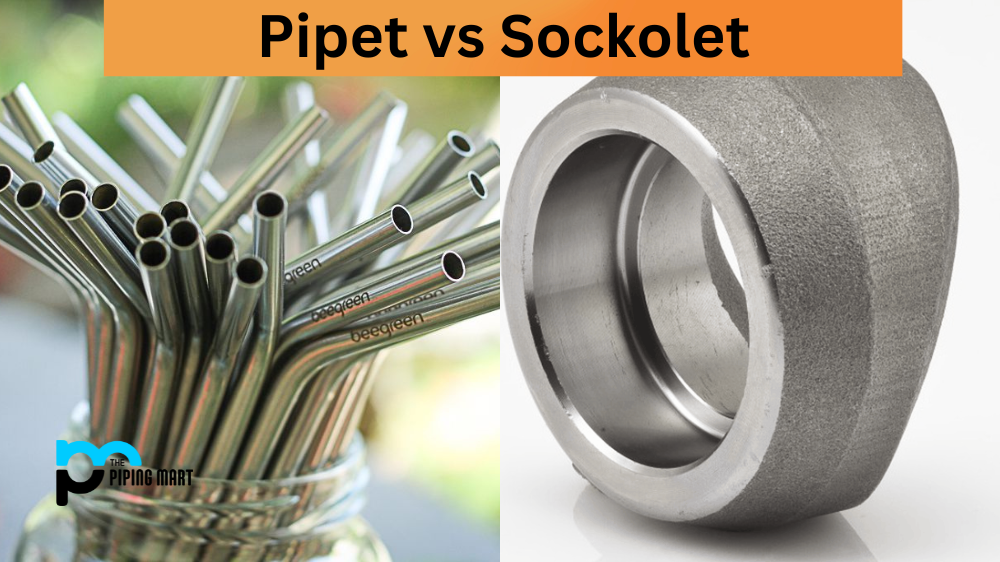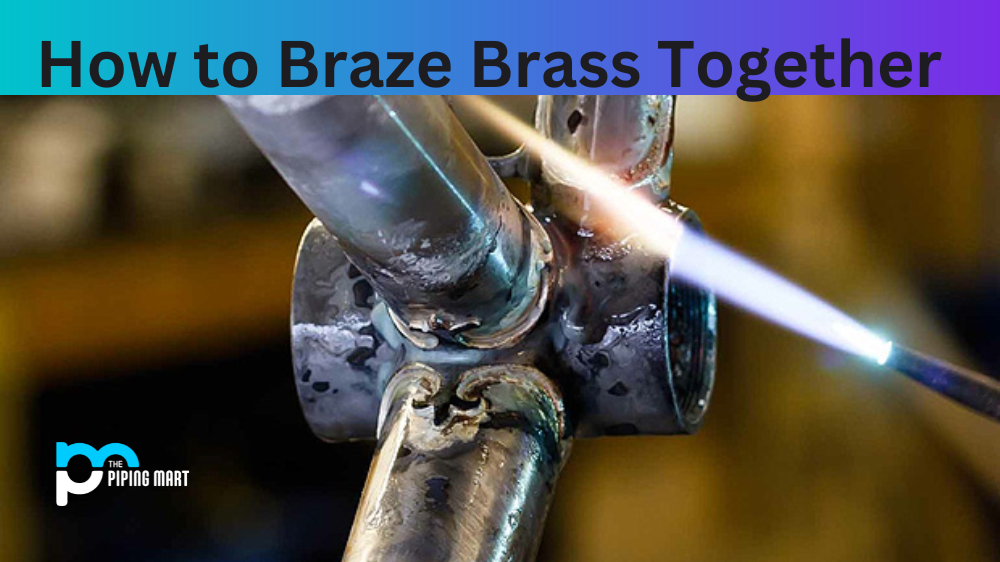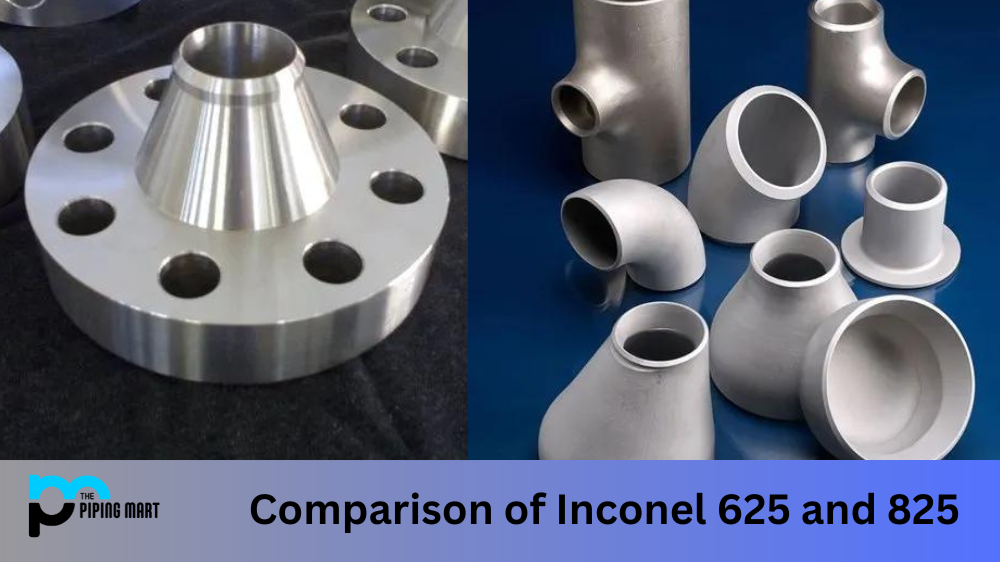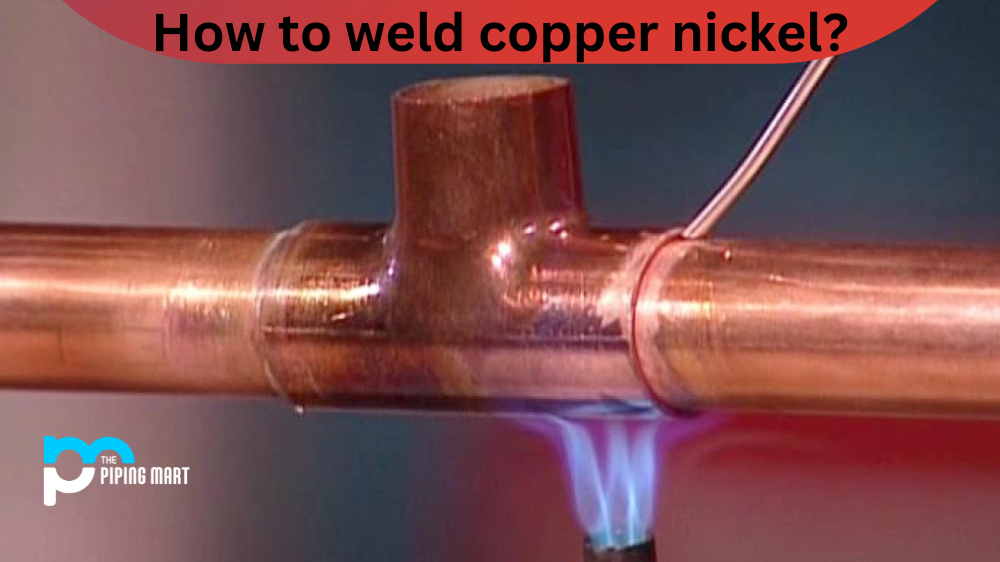There are various ways to connect pipes when it comes to piping systems. Two commonly used options are pipets and sockets. While they may look similar, they have distinct differences that could affect the performance of your piping system. In this blog post, we’ll explore the differences between pipets and sockets and help you determine which one to use for your application.
Difference Between Pipet and Sockolet
First off, let’s define what pipets and sockets are. A pipet is a short, straight piece of pipe used to connect two fittings. In contrast, a socket is a type of fitting used to create a branch connection in a pipeline. It is designed with a socket shape that allows it to slide over the end of a pipe and weld onto the pipe’s surface, forming a branch connection.
One of the main differences between pipets and sockets is their application. Pipets are typically used in simple piping systems requiring a serial connection. They come in different lengths and sizes to suit various needs. On the other hand, sockets are more commonly used when branching a main pipeline into a smaller pipe. They can be used in high-pressure and high-temperature applications and are designed for superior endurance against corrosion and erosion.
Another difference between pipes and sockets is their installation method. Pipets are usually welded or brazed onto fittings, while sockets are fully welded onto the pipes. As a result, sockets provide a stronger and more reliable connection than pipets. However, their installation can be more complex and time-consuming.
Cost is also a consideration when choosing between pipets and sockets. Pipets are cheaper than sockets, making them a cost-effective option for simpler pipe systems. On the other hand, sockets may be more expensive, but they offer better longevity, stability, and durability, making them a worthwhile investment for pipelines that require greater strength and durability.
Ultimately, your choice of pipets or sockets will depend on your piping system’s application, budget, and performance requirements. For simple pipe connections, pipets may be sufficient. However, sockets may be better for more complex pipeline systems, providing superior strength, reliability, and longevity.
Conclusion
In summary, pipets and sockets are different piping components with distinct purposes and properties. Pipets are used for simple pipe connections, while sockets are used for branch connections in complex pipeline systems. Understanding the differences between pipets and sockets is essential for selecting the right component for your application. Whether you opt for a pipet or socket, choose a high-quality component and ensure proper installation to ensure the optimal performance of your piping system.

Meet Bhavesh, a seasoned blogger with a wealth of knowledge and experience. From metal products manufacturing to retail, Bhavesh has a diverse background in various industries and is dedicated to sharing his insights and expertise with readers.




